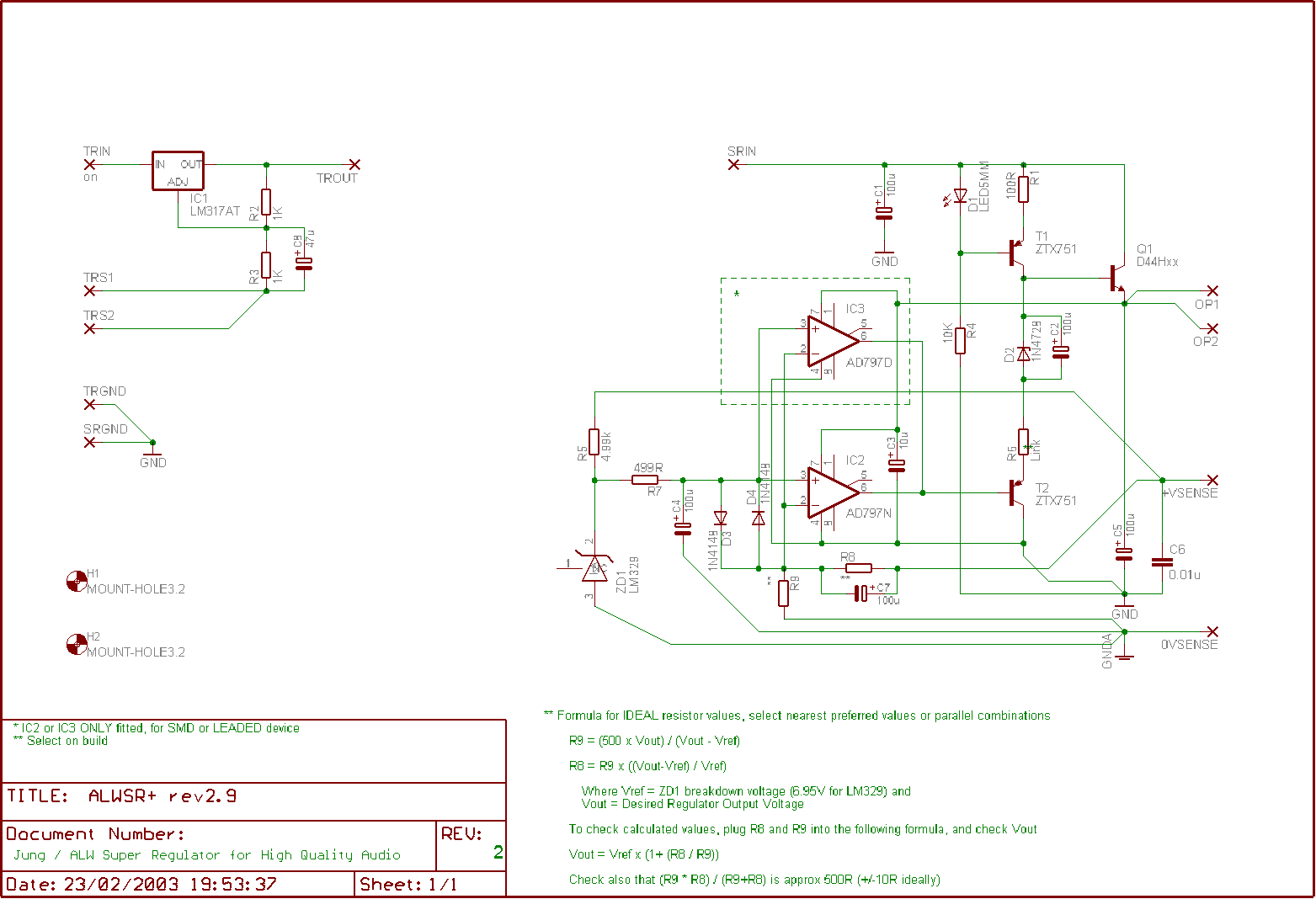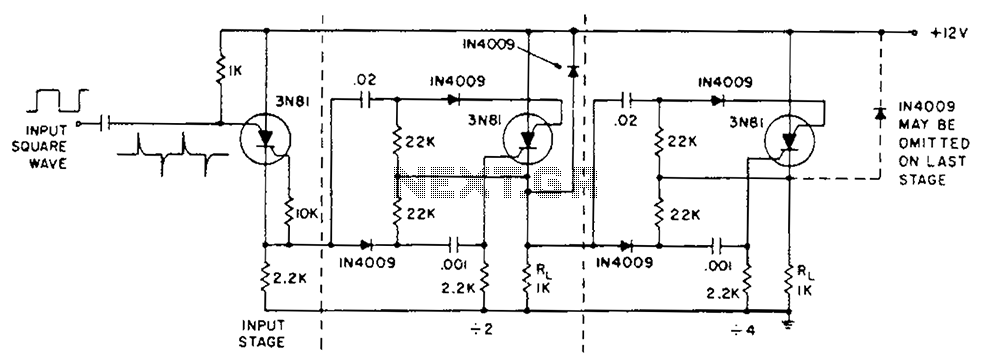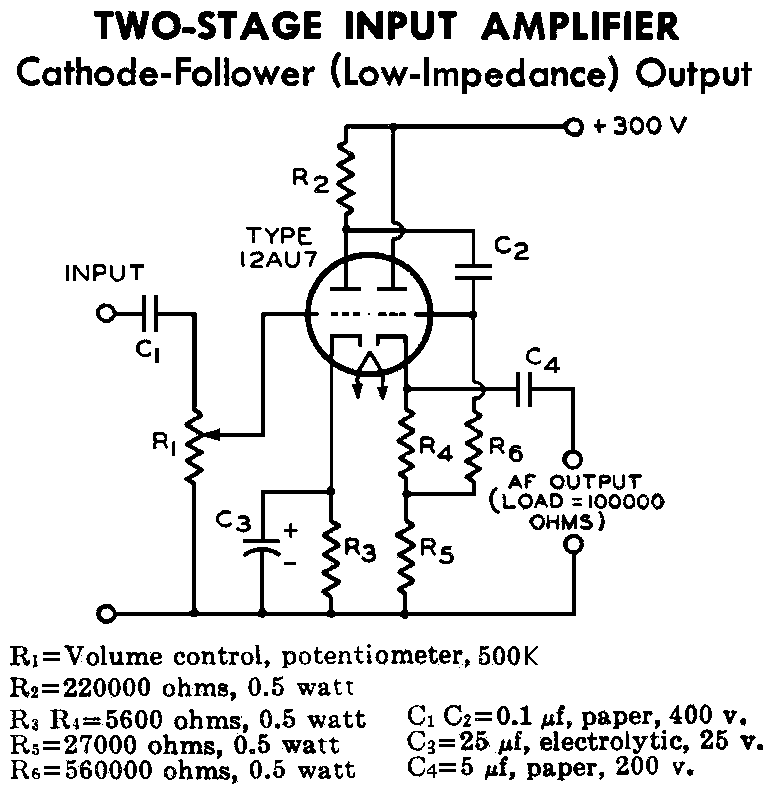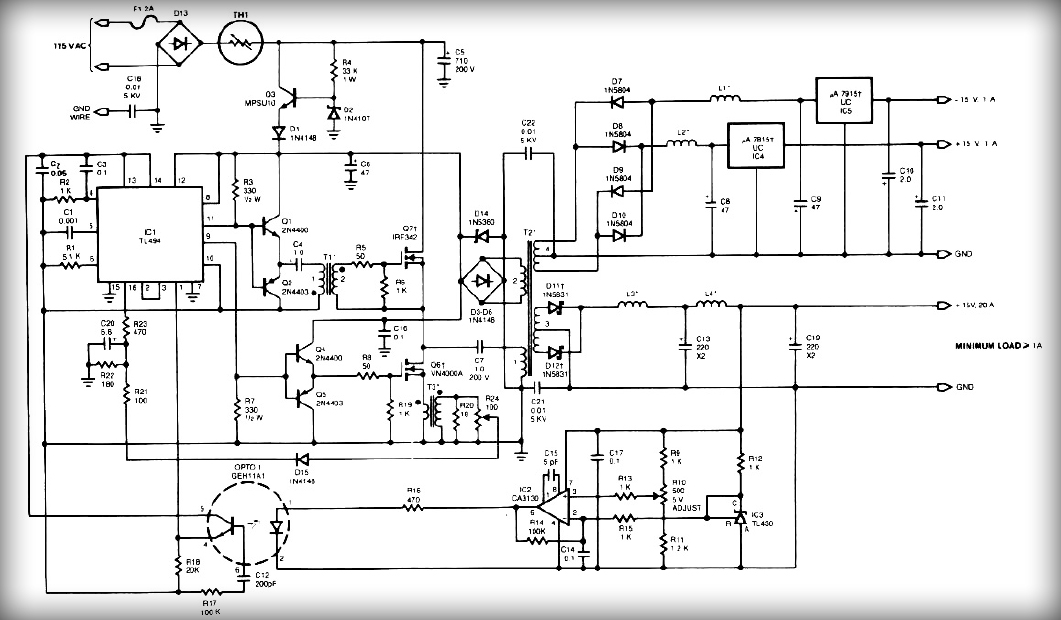
ADC 207 Flash Converting Schematic Diagram
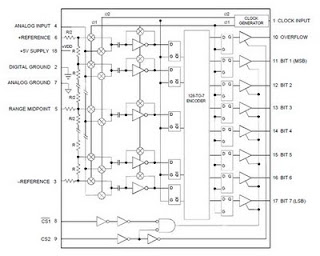
The ADC 207 is the first analog-to-digital converter to utilize Flash Converting technology based on an advanced high-speed VLSI 1.2-micron CMOS process. This innovative process enhances the unique capabilities of the ADC 207, providing excellent speed, good linearity, and stable temperature performance. The device operates with a power consumption of 250 mW and requires a +5 VDC voltage source while functioning at a frequency of 20 MHz. With a minimal sampling time of 12 ns, the ADC 207 achieves ideal sampling results. It features 128 auto-balanced comparators that compensate for temperature and dynamic effects during each conversion. Additionally, the resistor ladder within the ADC 207 includes a midpoint connected to an external voltage source, facilitating 7-bit linearity conversion. The ADC 207 offers three output levels, simplifying integration with external components.
The ADC 207 is designed for high-speed applications, leveraging the advantages of its Flash Converting architecture. This architecture allows for rapid conversion of analog signals to digital format, making it suitable for real-time processing tasks. The integration of the advanced 1.2-micron CMOS technology contributes to the device's efficiency and performance, enabling it to maintain linearity across its operating range.
The 128 auto-balanced comparators are a critical feature, as they help mitigate the impact of temperature variations and dynamic changes in the signal, ensuring consistent performance in varying conditions. The design includes a resistor ladder that is strategically configured to connect to an external voltage source, which plays a crucial role in establishing the reference levels required for accurate 7-bit linearity conversion.
The ADC 207's capability to operate at a frequency of 20 MHz allows for high-throughput applications, and the low power consumption of 250 mW makes it suitable for battery-operated devices or energy-sensitive applications. The minimal sampling time of 12 ns ensures that the ADC can capture fast-changing signals without significant delay, making it ideal for high-speed data acquisition systems.
The three output levels provided by the ADC 207 facilitate straightforward interfacing with various external components, enhancing its versatility in system design. This feature allows designers to easily integrate the ADC into different applications, whether in consumer electronics, industrial automation, or telecommunications, where precise analog-to-digital conversion is required. Overall, the ADC 207 stands out as a robust solution for high-speed digital signal processing needs.ADC 207 is the first to use Flash Converting An Advanced High Speed VLSI 1. 2 micron CMOS process. The process that is able to do the ADC 207 as mentioned earlier is very great and makes the ADC 207 is unique. The speed of the process of this ADC has a good linearity and have a stable temperature. ADC 207 has a lower power consumption is 250 mW. AD C is working with +5 VDC voltage source and at a frequency of 20 MHz. ADC 207 has a small sampling time is 12nS, thus making the ideal sampling results. ADC 207 has 128 features auto balanced comparators with each conversion that serves to offset temperature and dynamic effects that exist. Resistor ladder in the ADC 207 has a mid point that is connected to an external voltage source and function in the conversion of 7-bit linearity.
ADC 207 has 3 levels of output that is easy to connect it with external components. 🔗 External reference
The ADC 207 is designed for high-speed applications, leveraging the advantages of its Flash Converting architecture. This architecture allows for rapid conversion of analog signals to digital format, making it suitable for real-time processing tasks. The integration of the advanced 1.2-micron CMOS technology contributes to the device's efficiency and performance, enabling it to maintain linearity across its operating range.
The 128 auto-balanced comparators are a critical feature, as they help mitigate the impact of temperature variations and dynamic changes in the signal, ensuring consistent performance in varying conditions. The design includes a resistor ladder that is strategically configured to connect to an external voltage source, which plays a crucial role in establishing the reference levels required for accurate 7-bit linearity conversion.
The ADC 207's capability to operate at a frequency of 20 MHz allows for high-throughput applications, and the low power consumption of 250 mW makes it suitable for battery-operated devices or energy-sensitive applications. The minimal sampling time of 12 ns ensures that the ADC can capture fast-changing signals without significant delay, making it ideal for high-speed data acquisition systems.
The three output levels provided by the ADC 207 facilitate straightforward interfacing with various external components, enhancing its versatility in system design. This feature allows designers to easily integrate the ADC into different applications, whether in consumer electronics, industrial automation, or telecommunications, where precise analog-to-digital conversion is required. Overall, the ADC 207 stands out as a robust solution for high-speed digital signal processing needs.ADC 207 is the first to use Flash Converting An Advanced High Speed VLSI 1. 2 micron CMOS process. The process that is able to do the ADC 207 as mentioned earlier is very great and makes the ADC 207 is unique. The speed of the process of this ADC has a good linearity and have a stable temperature. ADC 207 has a lower power consumption is 250 mW. AD C is working with +5 VDC voltage source and at a frequency of 20 MHz. ADC 207 has a small sampling time is 12nS, thus making the ideal sampling results. ADC 207 has 128 features auto balanced comparators with each conversion that serves to offset temperature and dynamic effects that exist. Resistor ladder in the ADC 207 has a mid point that is connected to an external voltage source and function in the conversion of 7-bit linearity.
ADC 207 has 3 levels of output that is easy to connect it with external components. 🔗 External reference
